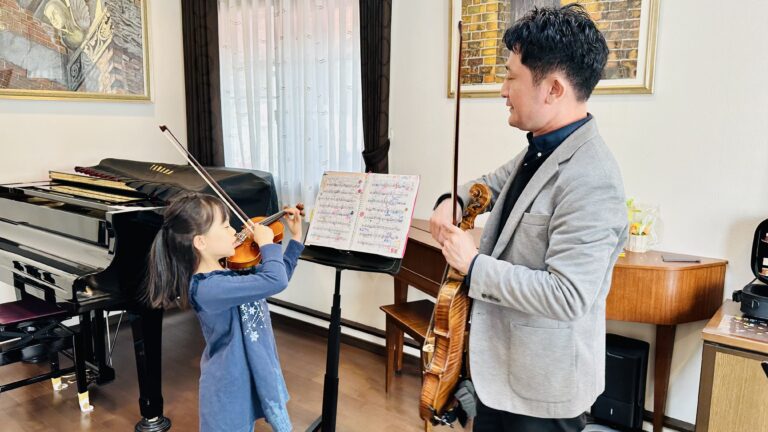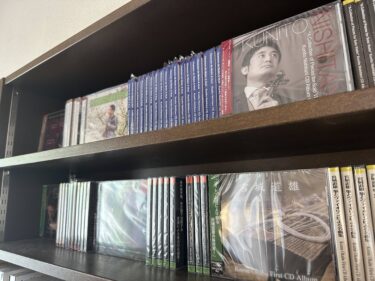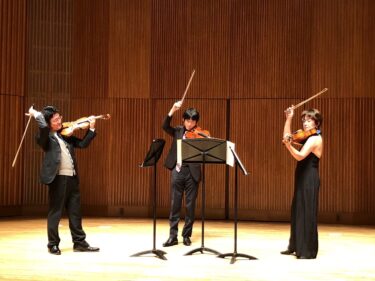The journey to becoming a proficient violinist is often challenging and requires dedication, passion, and the right guidance. When choosing a violin teacher, many students and their families are faced with the question: is it better to have a strict teacher or a kind one? While there is no definitive answer to this question, it’s essential to consider the individual needs and learning styles of each student. In this blog, we’ll delve into the advantages and disadvantages of strict and kind violin teachers, and explore how to find the best fit for your learning journey.
Section 1: The Strict Violin Teacher
A strict violin teacher typically adheres to a more traditional teaching method, often emphasizing discipline, precision, and a rigorous practice schedule. They may be known for their high standards and may not shy away from offering constructive criticism.
Advantages:
- Provides a structured learning environment: Strict teachers can instill a sense of discipline in their students, which can be beneficial for developing a strong work ethic and maintaining a consistent practice routine.
- Demands excellence: By setting high expectations, strict teachers push students to perform at their best, which can lead to greater progress and skill development.
- Encourages perseverance: Students who work with strict teachers may develop resilience and learn to overcome challenges, as they are often expected to work through difficult pieces and techniques.
Disadvantages:
- Can be intimidating: Some students may find a strict teacher’s approach too intimidating, leading to increased stress and performance anxiety.
- May hinder creativity: A strict teaching style may not leave much room for experimentation and personal expression, which can limit a student’s ability to develop their unique musical voice.
- Risk of burnout: The high expectations and demanding practice schedule imposed by a strict teacher may lead to burnout and a loss of passion for music.
Section 2: The Kind Violin Teacher
A kind violin teacher typically focuses on creating a nurturing and supportive learning environment, prioritizing encouragement and positive reinforcement. They may be more flexible in their teaching approach and emphasize the enjoyment of playing music.
Advantages:
- Encourages a love for music: A kind teacher’s approach often fosters a deep appreciation for music, making students more likely to maintain their passion and commitment.
- Reduces stress: Kind teachers can help alleviate performance anxiety and stress by creating a positive and supportive learning atmosphere.
- Boosts self-confidence: By offering encouragement and praise, kind teachers can help students build their self-esteem and believe in their abilities.
Disadvantages:
- May lack structure: A kind teacher’s focus on fostering enjoyment may lead to a lack of structure in lessons and practice, which could slow a student’s progress.
- Lower expectations: Some kind teachers may not push their students to reach their full potential, causing them to plateau in their skill development.
- Potential for complacency: Without the challenges and high expectations set by a strict teacher, some students may become complacent and fail to push themselves to excel.
Conclusion:
The best violin teacher for a student will ultimately depend on their individual needs, learning style, and personality. While some may thrive under the guidance of a strict teacher, others may flourish with a kind and nurturing mentor. It’s essential to evaluate the student’s preferences and goals when selecting a teacher to ensure the best possible outcome. A balanced approach, incorporating elements of both strictness and kindness, may also be worth considering, as it can foster both discipline and a love for music.






